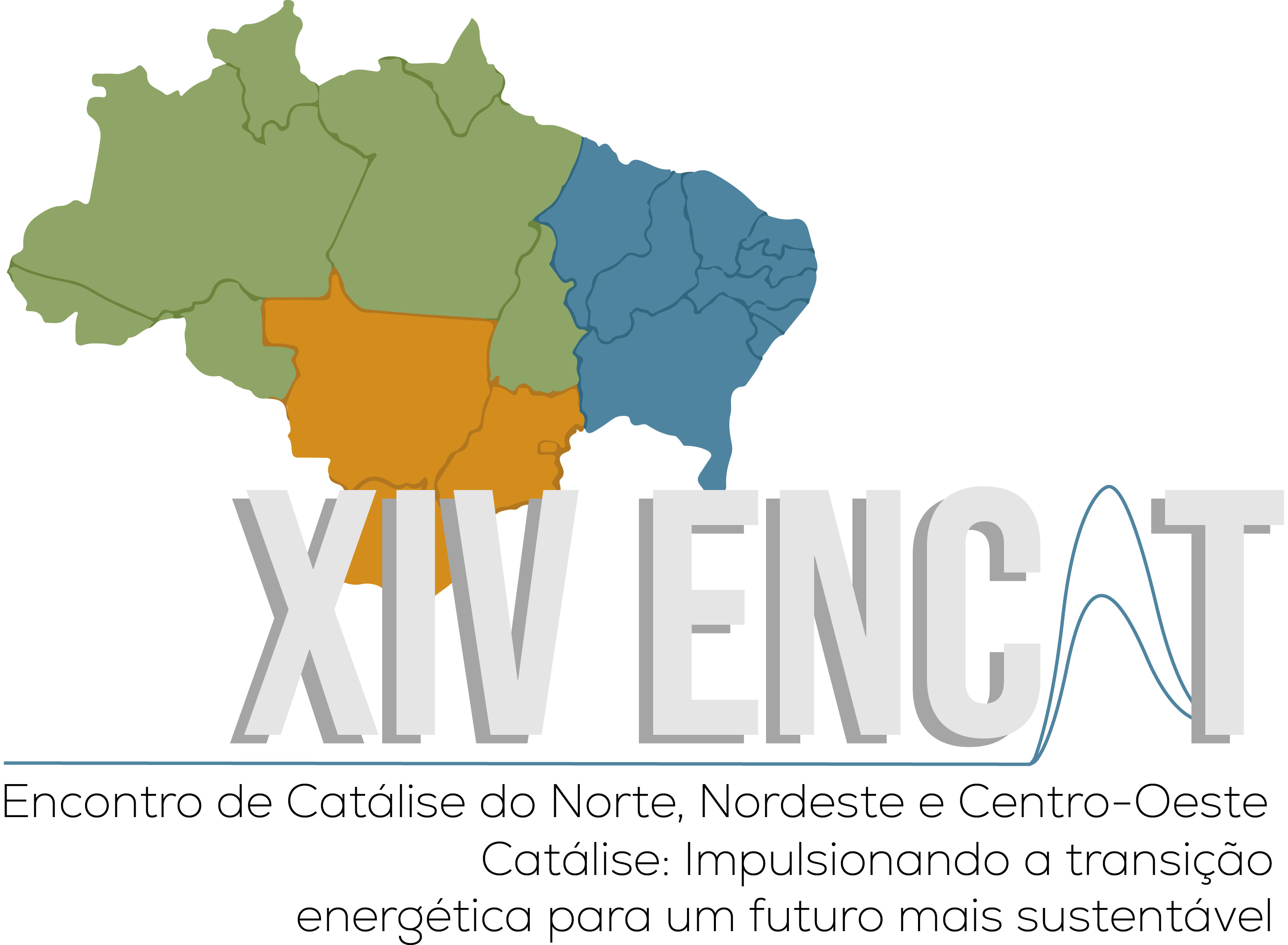Transforming kaolin byproduct into a superior catalyst for acetal formation
Palavras-chave:
Catalyst, Kaolin waste, Sulfonic groups, Acetalization, Green catalyst, AmazonResumo
In this study, kaolin waste was enhanced with sulfonic groups to improve its textural and chemical properties, resulting in a high-efficiency heterogeneous catalyst. The functionalized material was characterized using techniques such as FTIR and EDX. The addition of sulfonic groups created active sites that significantly increased the ion exchange capacity, enhancing catalytic performance and the analyses confirmed that the catalyst functionalization occurred efficiently. The acetalization of benzaldehyde was carried out at room temperature, with different reaction times tested. A remarkable conversion rate of 98% was achieved after 30 minutes, although significant conversion was already observed from 15 minutes onward. In contrast, the reaction without the catalyst resulted in only 6.1% conversion. The successful transformation of kaolin waste into a highly effective catalyst demonstrates its potential for broader applications in green chemistry, especially in sustainable synthesis. Acetals, the target products, are crucial intermediates in organic synthesis and the pharmaceutical industry. The catalytic process proposed in this study offers an efficient and eco-friendly approach to acetal formation, advancing the field of heterogeneous catalysis. Additionally, applying this functionalized material to other challenging reactions could further highlight its versatility and potential as a sustainable catalyst in various industrial processes.
Downloads
Referências
Y. Sumiya, Y. Tabata and S. Maeda, Y., ChemSystemsChem, 2020, 2, e1900022.
R. Doukeh, M. Râpă, E. Matei, D. Prodan, R. Győrgy, A. Trifoi and I. Banu, Catalysts, 2023, 13, 782.
J. Ratthiwal, N. Lazaro, A. A. R. Reyes, S. M. Osman, P. Reubroycharoen, and R. Luque, Fuel, 2023, 332, 126049.
M. J. da Silva, C. J. A. Ribeiro, E. N. de Araújo and I. M. Torteloti, Processes, 2023, 11, 2220.
R. Mártires, Economia Mineral do Brasil, Brasília - DF, 2009.
D. R. Pinheiro, A. P. Pinheiro, F. A. Pontes, J. V. K. Soares, R. F. Neves and S. P. A. Paz, Processes, 2023, 11, 662.
A. de N. de Oliveira, I. M. Ferreira, D. E. Q. Jimenez, L. S. da Silva, A. A. F. da Costa, E. T. L. Lima, F. F. Costa, P. T. S. da Luz, G. N. da Rocha Filho, S. M. Osman, R. Luque and L. A. S. do Nascimento, Mol. Catal., 2022, 528, 112504.
Downloads
Publicado
Edição
Seção
Licença
Copyright (c) 2024 Marcos Costa, Maitê Campos, Viviana Bressi, Larissa Gatti, Thomas Len, Rafael Luque, Fabíola Costa, Luís Nascimento (Autor)

Este trabalho está licenciado sob uma licença Creative Commons Attribution 4.0 International License.


